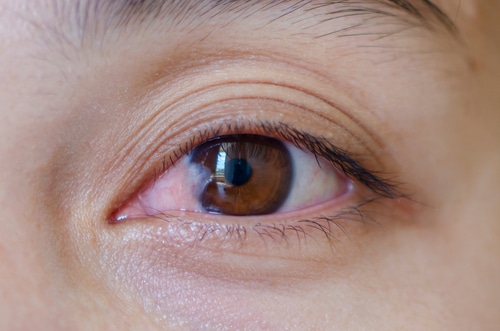
Spending time outdoors is a necessary and enjoyable part of life. However, it also comes with some risks, particularly to your eyes and vision.
Sunlight exposure can have a lot of negative effects on your eyesight. The UV radiation from the sun can cause early development of issues like cataracts or trigger diseases such as macular degeneration.
A pterygium is another potential problem caused by sunlight. Keep reading to learn more about pterygium, including how you can get rid of them!
What is a Pterygium?
Pterygium is a growth of skin-like tissue on the eye. Although uncomfortable to look at, the tissue is non-cancerous and may not present any problem other than its appearance.
However, sometimes pterygium will continue to grow inward toward the cornea. Eventually, they can interfere with vision and cause other symptoms like dry eye, itchiness, and even pain.
Can Pterygium Be Prevented?
Even though pterygium is rarely dangerous to your vision, it is still important to learn how to prevent it. The most important piece of advice is to avoid sunlight exposure.
Obviously, this does not mean you must spend all your days inside, but you should be careful around sunlight. Pterygium has earned the nickname “surfer’s eye” because of how much time surfers spend outdoors.
The sun emits UV radiation which can damage our eyes in all kinds of ways, including triggering a pterygium. When you go outdoors, try wearing sunglasses as often as possible.
Ensure the sunglasses are 100% UV protected, or you may put your eyes in even more danger. Include a wide-brimmed hat to give your eyes constant shade, and you will be well protected.
You should also avoid going outside on windy days without eye protection. Dust, dirt, and other irritating particles may cause pterygiums to form.
Will a Pterygium Go Away on Its Own?
Pterygiums can be difficult to get rid of. They will not disappear on their own, and surgery is required to get rid of them.
Even worse, they have a higher than normal recurrence rate and are much more likely to grow back. In cases where the pterygium is barely noticeable, surgery is often not recommended.
Instead, you may be prescribed eye drops to help deal with some of the symptoms so you can live with the pterygium. In cases where the pterygium is causing physical or mental distress, surgical removal has to be scheduled.
The growth is removed during the surgery, but in most cases, more work has to be done. The skin from the conjunctiva, the clear membrane covering the white part of your eye, is carefully extracted from beneath your eyelid.
This extracted skin is then transplanted onto the area where the pterygium, a fleshy growth on the eye, was previously removed. Extensive research has demonstrated that this additional procedure effectively diminishes the likelihood of pterygium recurrence to a significant extent.
Pterygium is not something you have to live with, but you should only consider surgery if it is a necessity.
Do you think you may be developing a pterygium? Schedule an appointment at Stahl Eyecare Experts in Garden City, NY, today!








